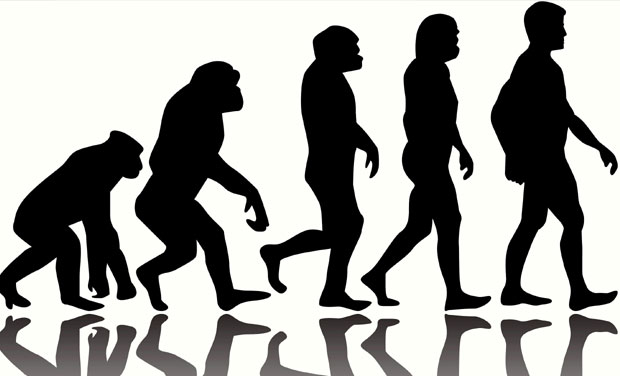Audie
Veteran Member
I do believe that years ago @Audie used a desktop, or a laptop at the very least. Her spelling, punctuation and usage was flawless. Now she is using a phone or a tablet at best and those devices do not lend themselves as well to precision with the English language. I can sympathize since my tablet's autocorrect is so bad that I called it "autowrong" and turned it off. And it still changes words. At least now when it does if I catch it and backspace it goes back to the original spelling. When I use my table it is much harder to find sources and link them (Bing sucks) .
But yes, I was having fun with her typo. I knew what she meant, but picturing the Ark with brakes was too funny not to use.
Worse than you thought!
Actually, a phone, two different tablets (samsing and ipad) three different desktops
and a macbook. They all have different tricks.
Samsung at the moment.
Plus terrible proofreader. A bit of dyslexia and I just look at the
shape of words.
I see ark brakes looking like side wheel steamboat things.
My ex boyfriend was into guns and mentioned that people
get mixed up about breaks and brakes on guns?
Dunno what that was about but he thought it was funny.

